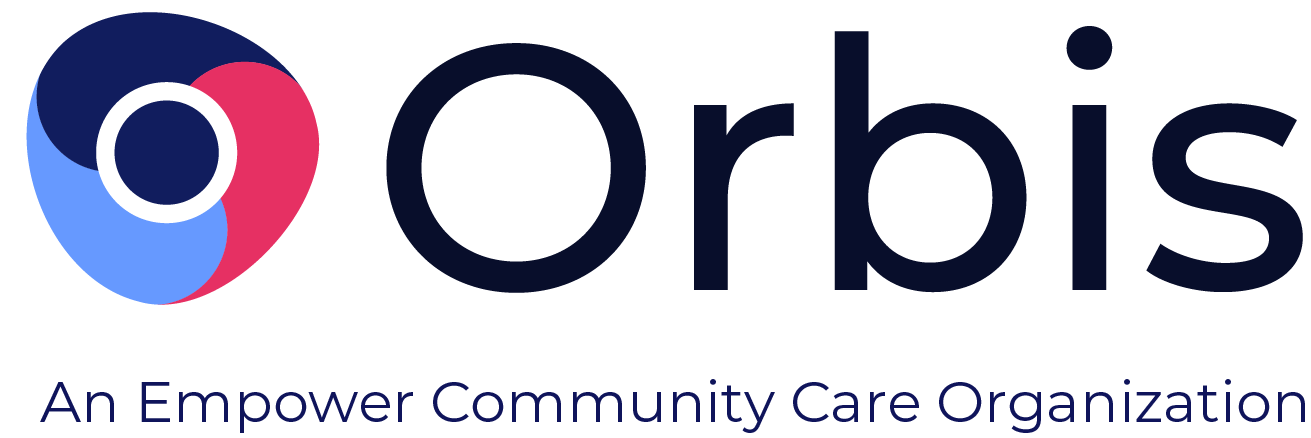Learning Disabilities Translate to Risk Factors
Numerous studies in the U.S. have shown that youth with disabilities are at a higher risk of becoming involved in the juvenile justice system than their non-disabled peers. These include kids that are involved in special education programs for learning disabilities, as well as those with emotional or behavioral disorders.
One survey about juvenile corrections found that on average, 33 percent of youth enrolled in in-facility education programs were receiving special education services. The survey also found that almost 20 percent of the youth with emotional and behavioral disorders were arrested while in high school. Approximately 13 percent of justice-involved teens had developmental disabilities, 36 percent had learning disabilities, and many of these young people were referred to the juvenile justice system by their own schools.
Not Enough Educational Resources
Every day in the United States, roughly 54,000 adolescents reside in juvenile detention facilities. Though the exact number of incarcerated youth with learning disabilities is unknown, figures across the U.S. estimate the percentage to be between 30 to 60 percent, with some estimates as high as 85 percent. This means that in a class of 15 students, anywhere from 5 to 13 of them are likely to have a learning disability. All students with disabilities are entitled to a free and appropriate public education, guaranteed to them under the Individuals with Disabilities Education Act (IDEA). The IDEA act states that all teens are allowed five hours of instruction time that meet their learning needs every day, including incarcerated youth. However, this is not often the case in juvenile facilities across the U.S., as less than half of all justice-involved teens who were identified as having a disability reported receiving special education services. So, even if a facility ensures a juvenile spends the required five hours per day in a classroom, these kids often fail to complete the work. Some even become so frustrated by their inability to understand their assignments that it leads to further behavioral problems.
The IDEA act serves to mandate additional educational stipulations that require extra educational services for any student diagnosed with a disability. This involves schools having to create an Individualized Education Program (IEP) for every child. An IEP is a legal document that requires the student to get additional services to address their learning disability. Those services can range from one-on-one time with a teacher to additional time to complete assignments. A student’s right to an IEP extends to juvenile justice facilities, but many experts say that the legally mandated services these students need are rarely provided once they enter the juvenile justice system. Advocates and educators alike face many challenges in helping justice-involved youth receive an education that meets the college-and-career readiness standards upheld in public schools across the nation. Studies have found that students with disabilities who receive either inadequate or no instructional services are more likely to re-offend and be re-arrested within 12 months of their release than juveniles that received proper educational services while incarcerated. “Every day they’re not getting a real education, then that’s a day that we’ve lost,” says Sue Burrell, a staff attorney at the San Francisco-based Youth Law Center. “The kids that are in juvenile justice cannot afford to lose those days.”
What Can Be Done?
A student’s struggles with a learning disability are never an excuse to break the law, but without timely and appropriate diagnoses and interventions, youth with disabilities can become frustrated and angry while trying to learn and complete their curriculum. This can place these teens at a higher risk for involvement with the juvenile justice system and becoming entangled in what is referred to as the School-to-Prison Pipeline. For example, certain disabilities can affect how a person thinks, processes information, and reacts to certain situations, which can lead to a student being referred to the police for behavioral problems.
Orbis Partners provides the Youth Assessment and Screening Instrument (YASI), a risk/needs and strengths assessment tool for youth, designed to guide the casework process by incorporating an individual’s unique set of needs and strengths, prevent problem behavior, and future involvement in the justice system. For more information on YASI’s effectiveness, download our YASI brochure here.
Orbis Partners provides solutions for criminal justice and human services systems, specializing in designing and implementing services for at-risk client groups. For more information about assessments related to youth, visit our Assessments webpage by clicking here.


